Study in USA : Visa Guide for Students
USA Study Visa: The USA continues to be the top choice for students planning to study abroad. If you are among the few who aspire and have already got admission into your aspired university, applying for Student Visa is the next important step to realizing your Study in USA dream. This Students Visa Guide examines briefly the various types of visa and attempts to give a detailed process of applying for the F1 Student Visa – applicable to students planning to take up their bachelor’s as well as master's in USA. Apart from this, candidates should also know the reasons why their US Student Visa gets rejected?
Types of Student Visa
Three Different Student Visas
As an international student coming to the United States, there are three different student visas that you could be issued: F1 Visa, J1 Visa or M1 Visa. The F1 and J1 visas allow for the possibility of employment in the US during your stay, while the M1 Visa does not.
F1 Visa (Academic Studies)
An F1 visa is issued to international students who are attending an academic program or English Language Program at a US college or university. F1 students must maintain the minimum course load for full-time student status. They can remain in the US up to 60 days beyond the length of time it takes to complete their academic program, unless they have applied and been approved to stay and work for a period of time under the OPT Program.
F1 students are expected to complete their studies by the expiration date on their I-20 form (Certificate of Eligibility for Non-immigrant Student Status) which is provided by the US college or university that the student has been accepted to and will attend.
J1 Visa (Practical Training)
The J-1 visa in the United States is for people who wish to take part in work-and-study-based exchange and visitor programs in the U.S. These programs are sponsored by an educational or other nonprofit institution, which must be accredited through the Exchange Visitor Program designated by the U.S. State Department. J-1 exchange visitors come to the United States to teach, study, receive training, or demonstrate special skills. The J1 visa is meant for students who need practical training that is not available to them in their home country, and the training must be directly related to their academic program.
M1 Visa (Non-Academic / Vocational Studies)
The "M" visa is for nonacademic or vocational studies. M-1 visa holders for technical and vocational programs are not permitted to work during the course of their studies. The M-1 student visa applicants must have evidence that sufficient funds are immediately available to pay all tuition and living costs for the entire period of intended stay.
Here is the breakdown of different types of Student Visas:
|
Type of Visa |
|||
|
Type of Fee |
F1 |
J1 |
M1 |
|
SEVIS Fee* |
|||
|
Amount |
$350 |
$220 |
$350 |
|
Accepted modes of Payment |
Credit Card |
||
|
Payable in |
Dollars at the applicable exchange rate as determined by the bank |
||
|
MRV Application Fee/ Visa Application Fee |
|||
|
Amount |
$160 |
$160 |
$160 |
Documents Required for a US Student Visa:
- A valid passport that is valid for at least six months beyond your period of stay in the US (unless exempt by country specific agreements)
- Acceptance at a SEVP approved school and your Form I-20
- Application fee payment for the SEVIS
- Non-immigrant visa application and the Form DS-160 confirmation page
- Your photograph in the requested format, and number
Some Additional Documents that might be Required include:
- Academic preparation documents such as transcripts, diplomas, degrees or certificates
- Evidence that you have sufficient funds to maintain your living expenses throughout the period of your stay in the US. This may include:
- Bank statements.
- Financial undertaking by a sponsor to cover your accommodation and living costs
- A scholarship program.
- Evidence that you will leave the US once you have completed your course of study. This can be in the form of an air ticket out of the US to your home country.
When should a Student Apply?
As soon as the student receives the I - 20 from the University he / she can start with the visa process.He/She cannot take a visa date more than 120 days before the program start date on Form I-20.A student cannot enter USA more than 30 days prior to the program date.
Scholarships for Studying in the USA:
If you are a meritorious student you can also apply for various scholarships available at the institute/university you are applying to. There are various scholarships for studying in the USA. Scholarships are considered as one of the best ways of financing your education. International students worry about managing funds while they are planning to pursue their studies abroad. Also, various universities/institutes offer scholarships to students. It can be need-based or merit-based. Experts also suggest students to check for different types of scholarships available for them.
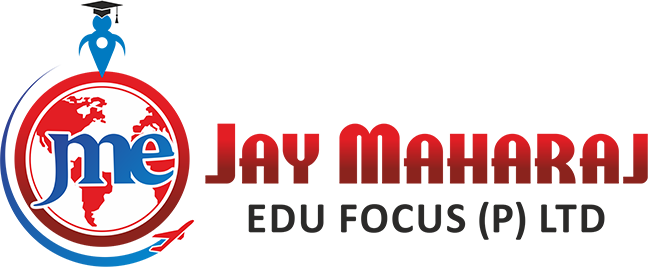
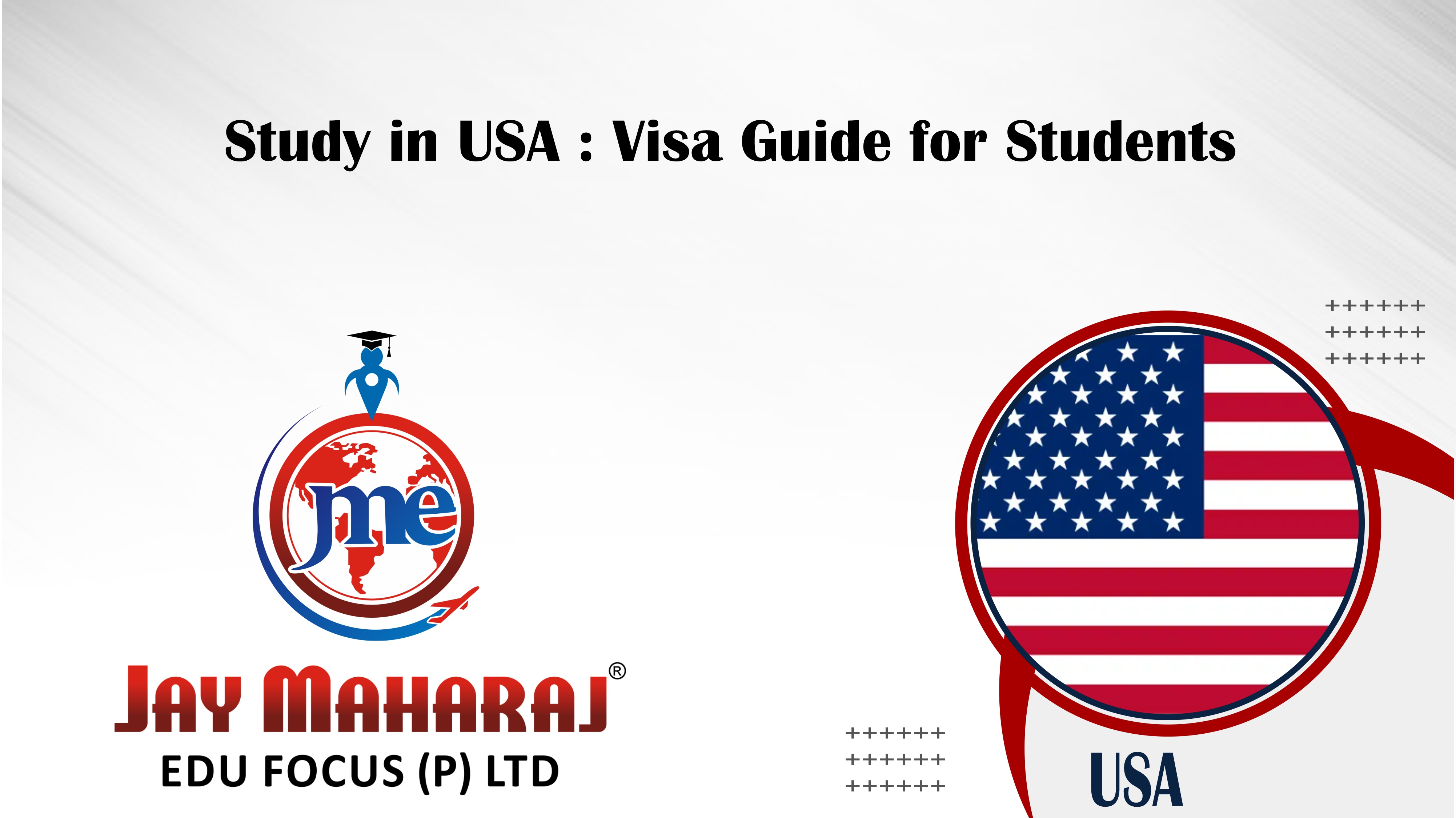

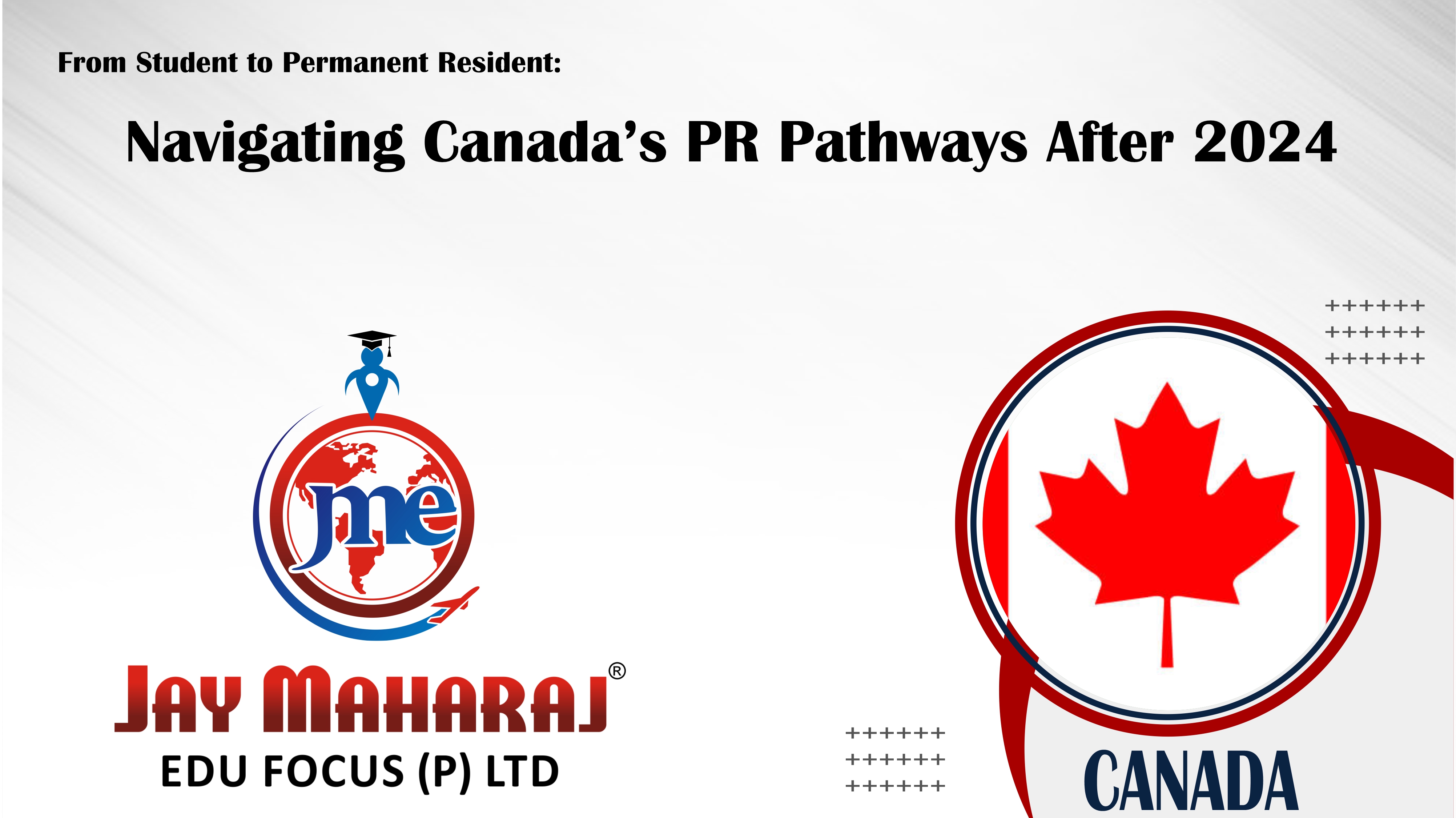
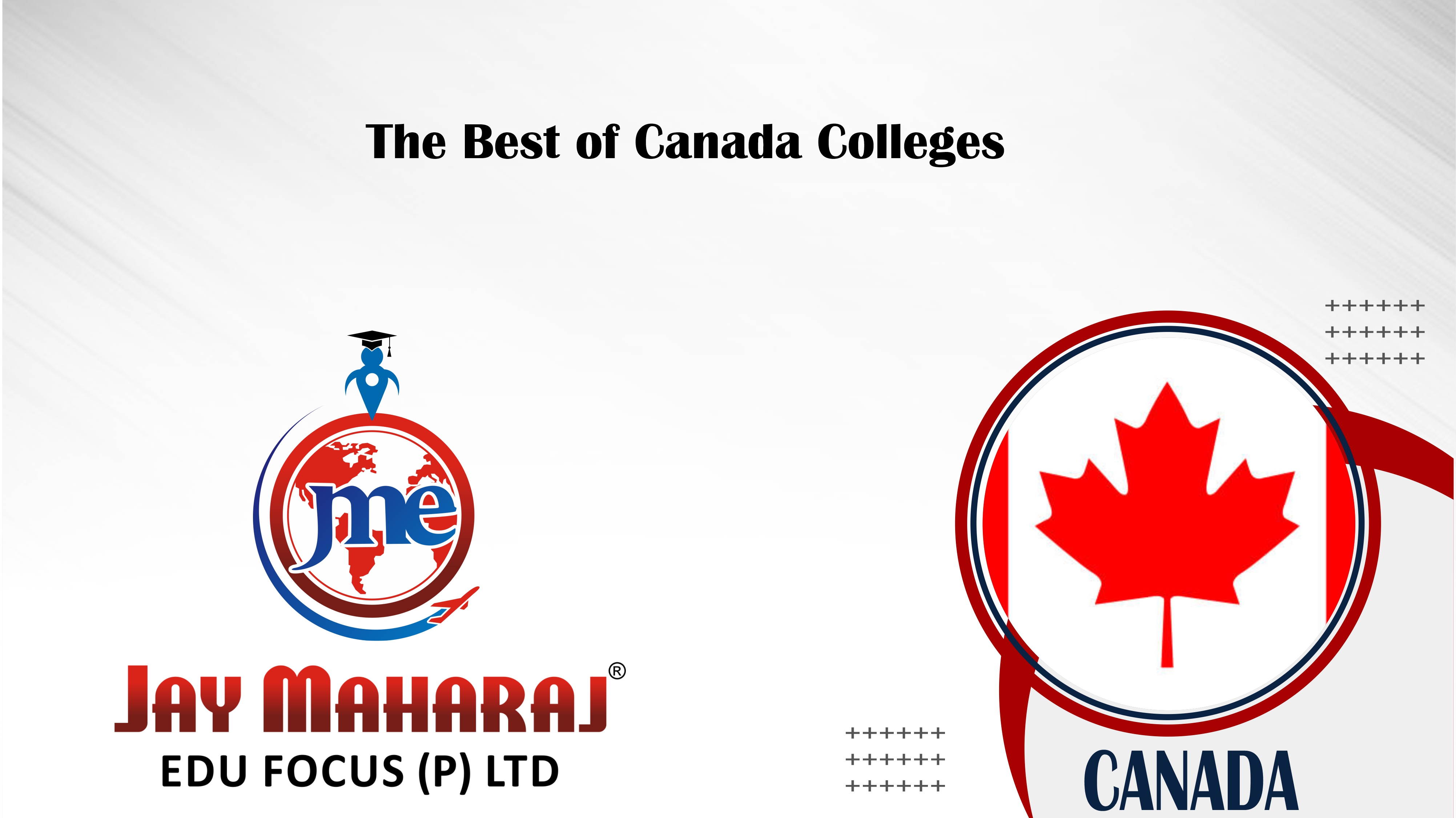
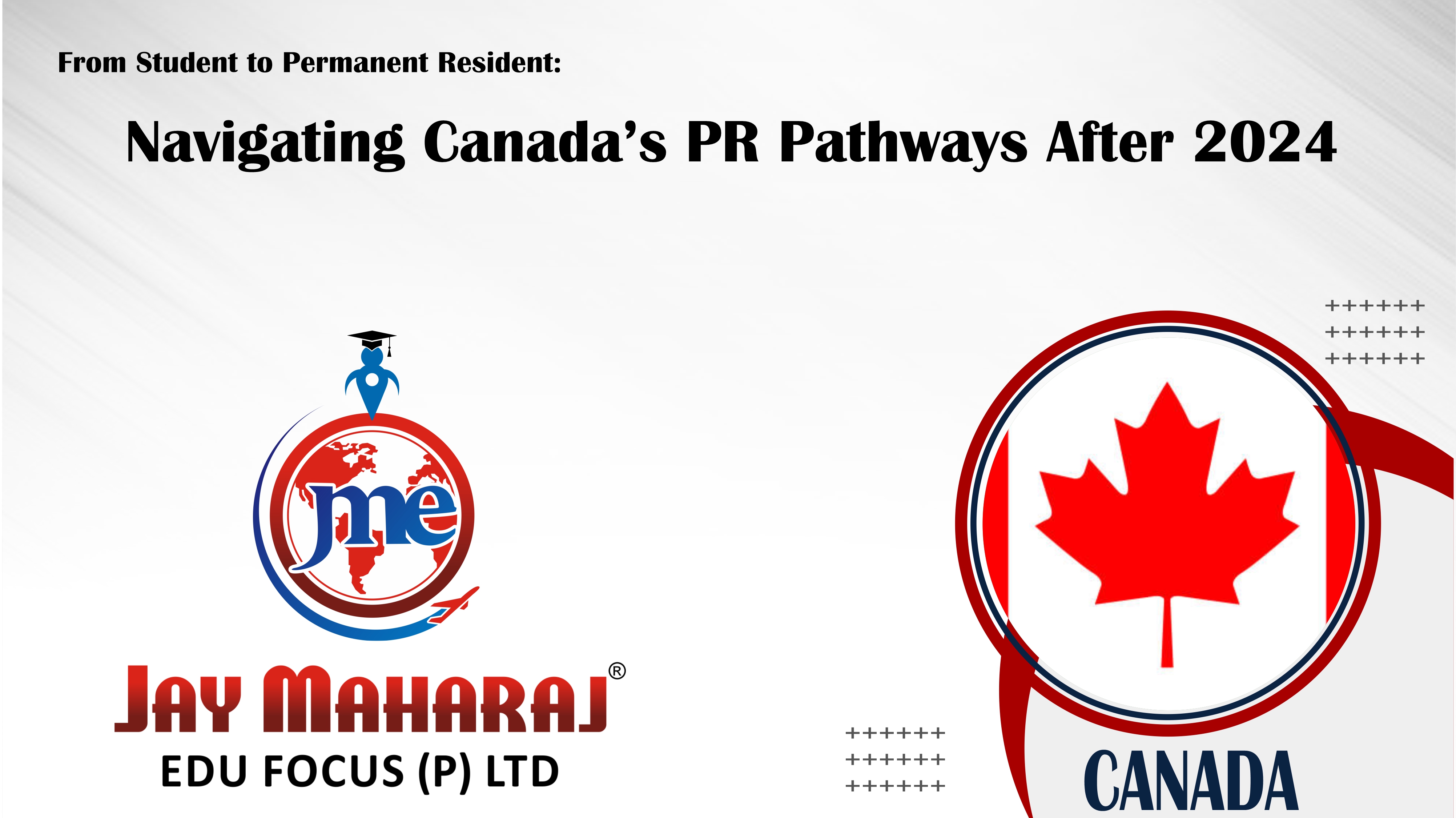
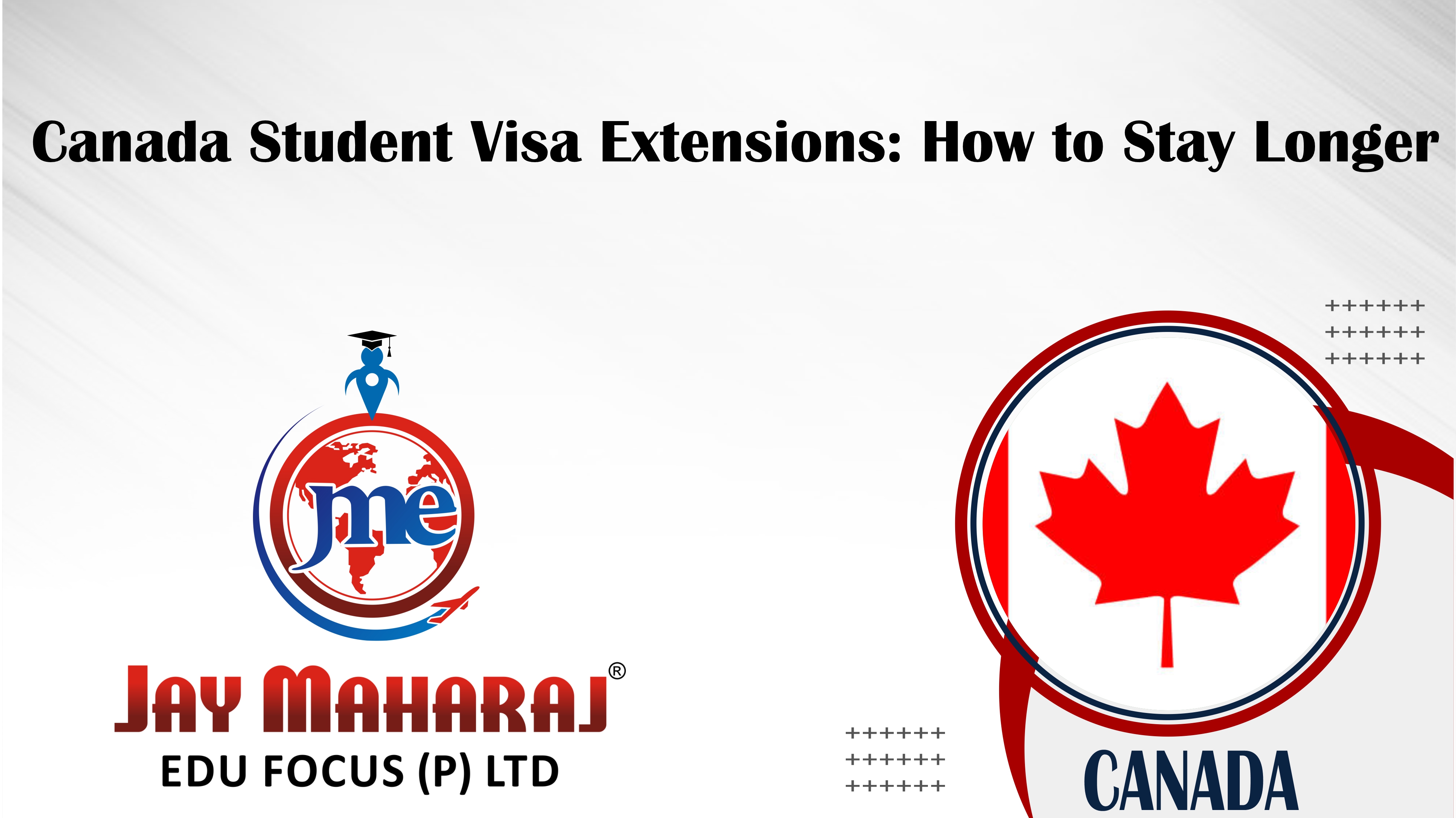
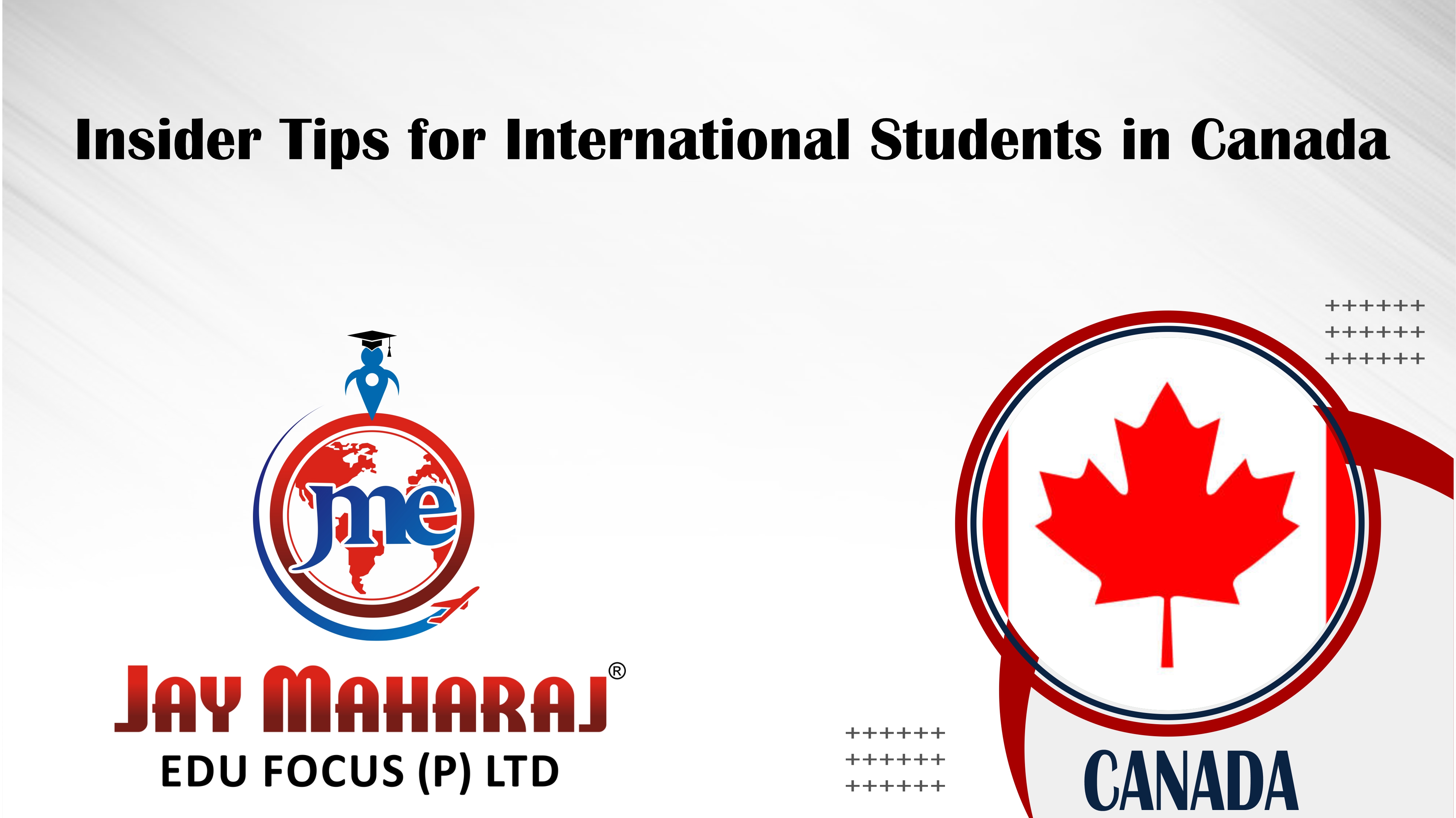
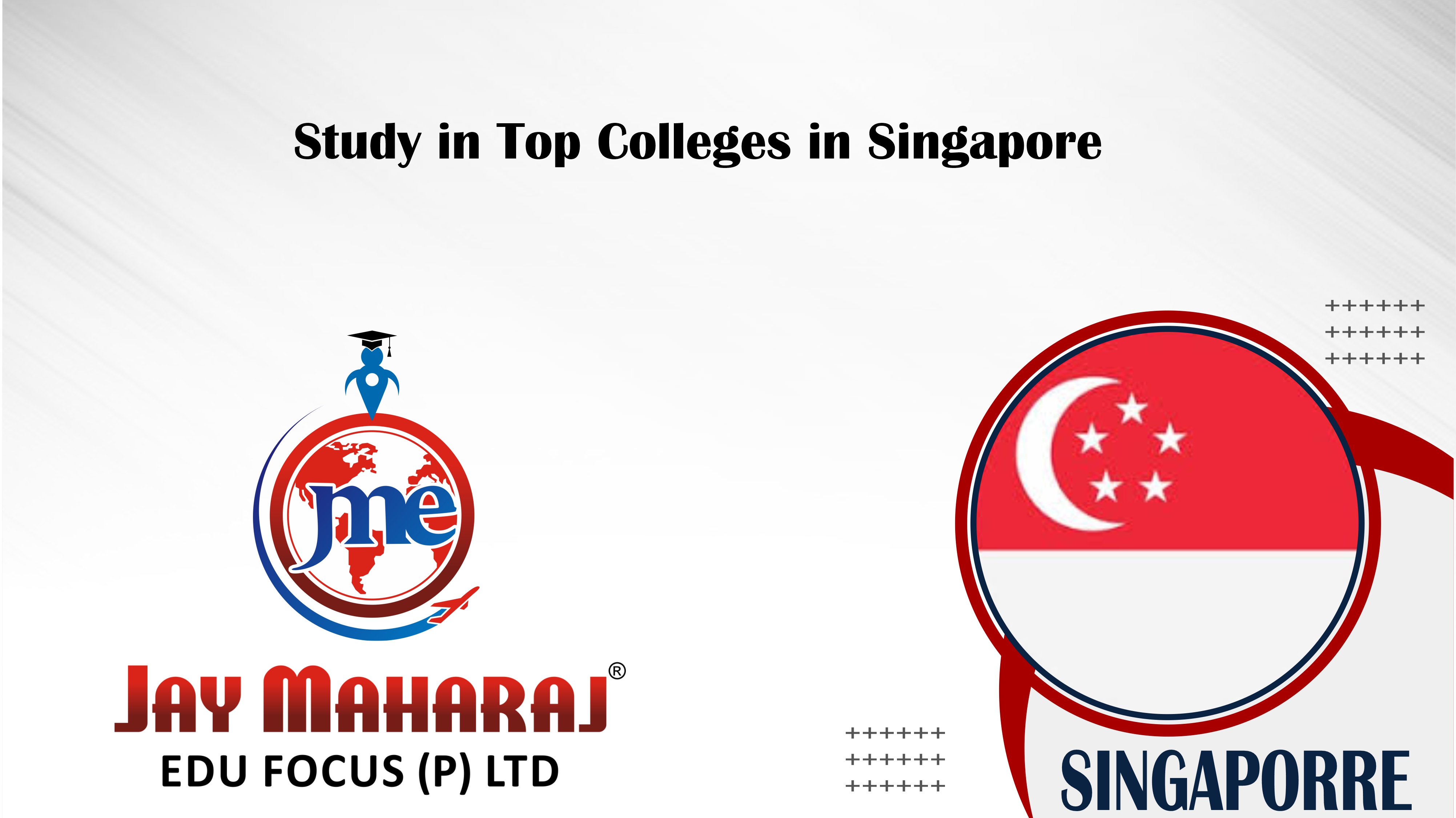

Comments